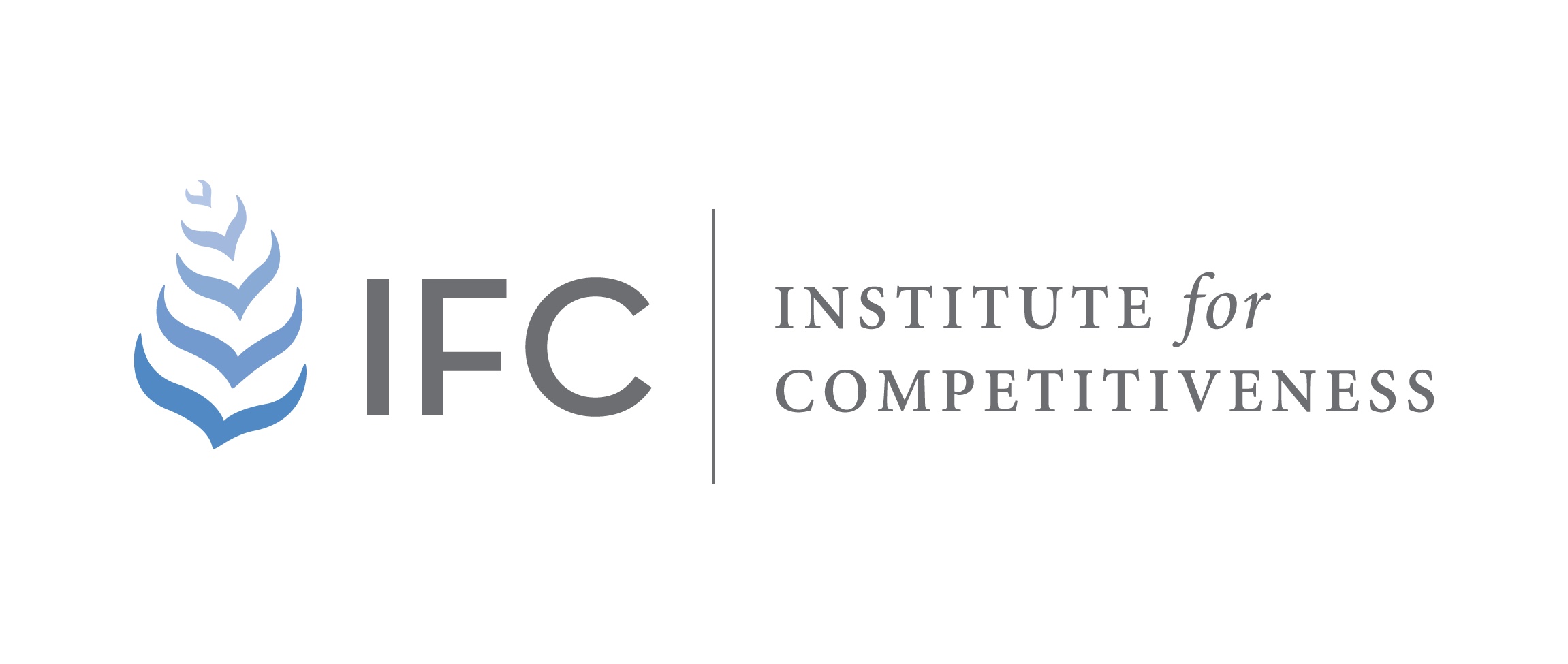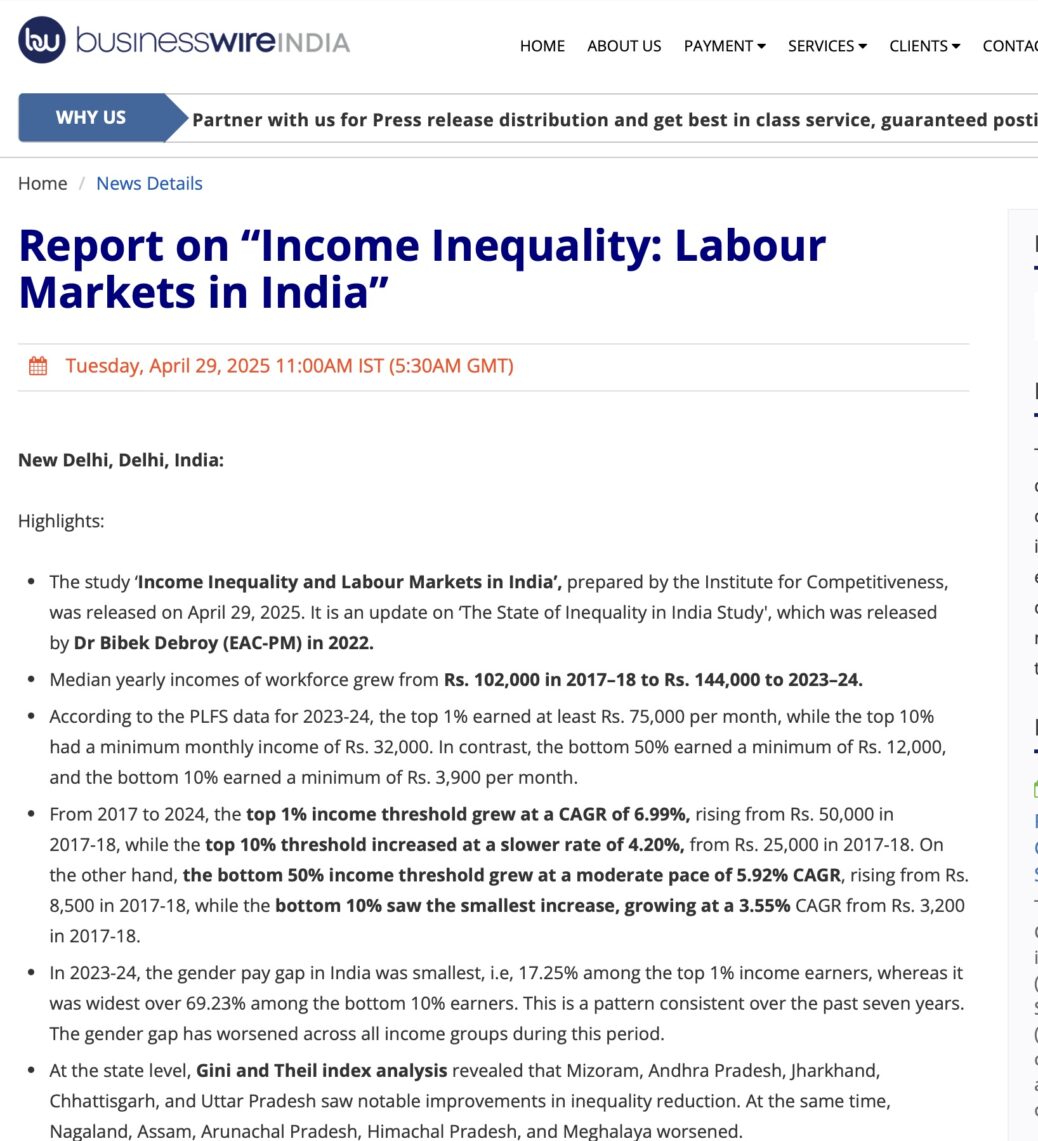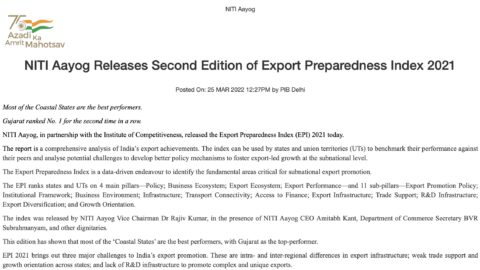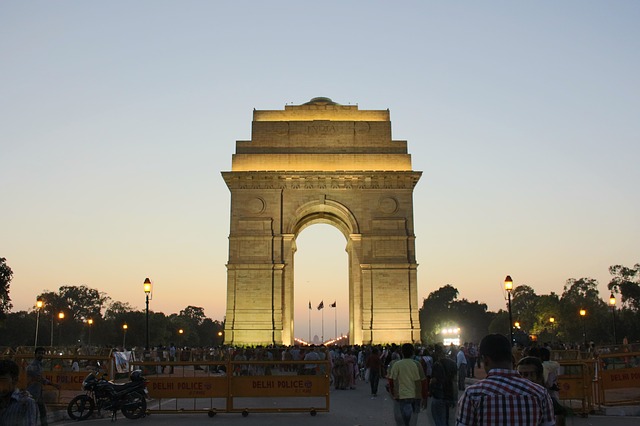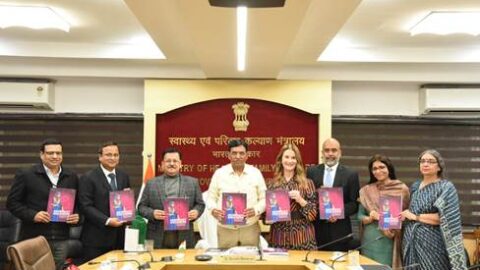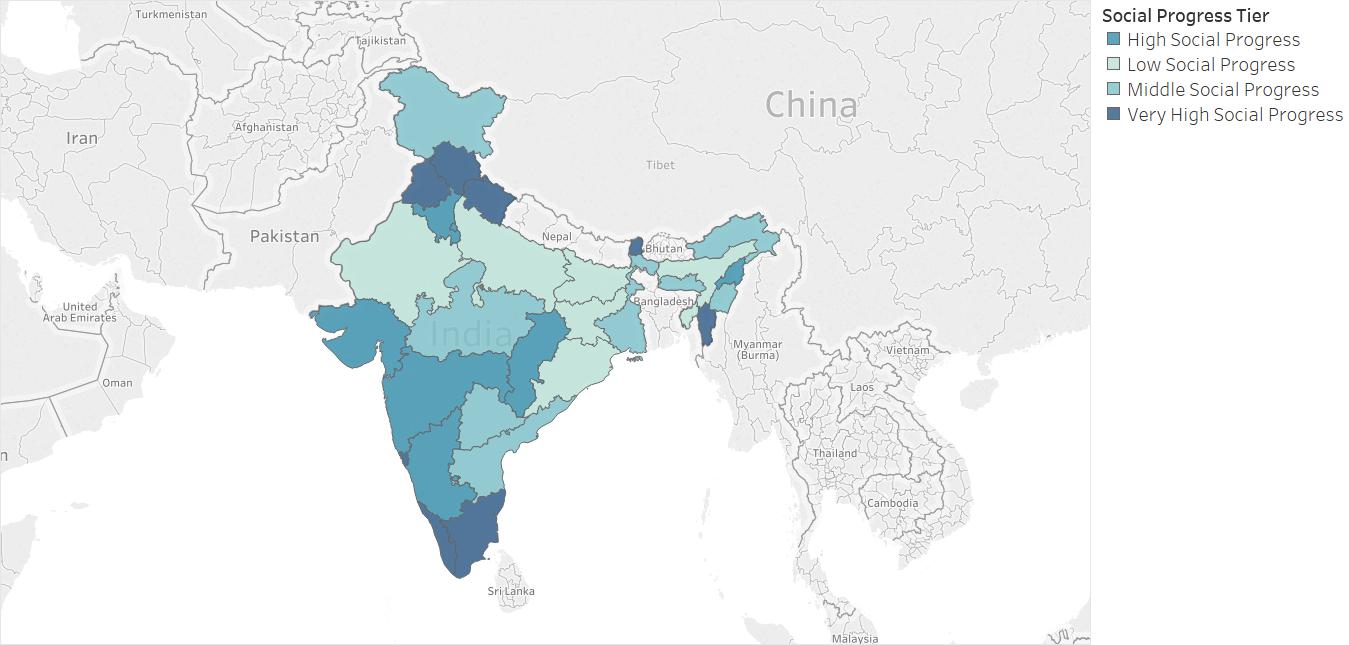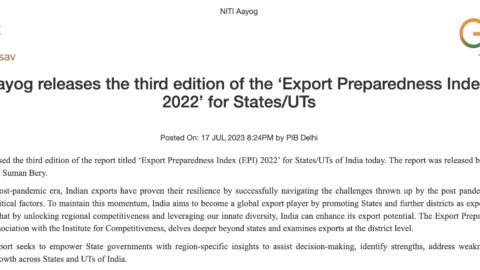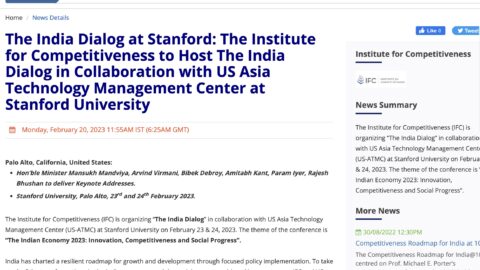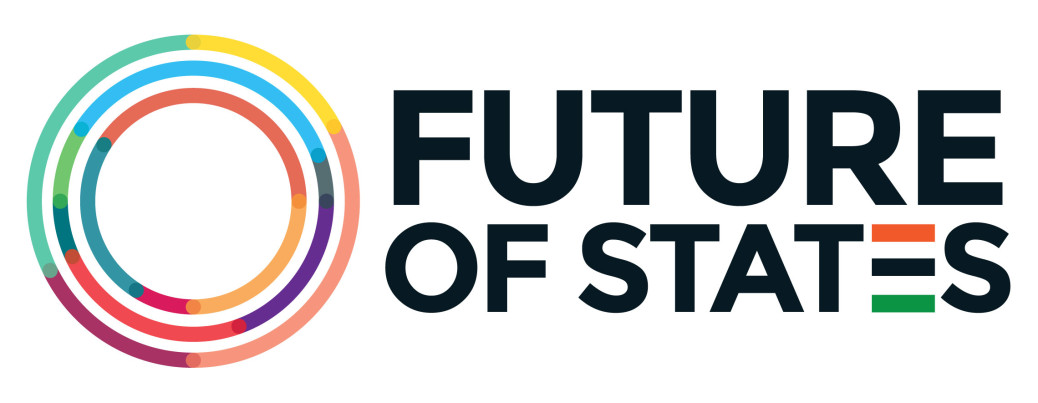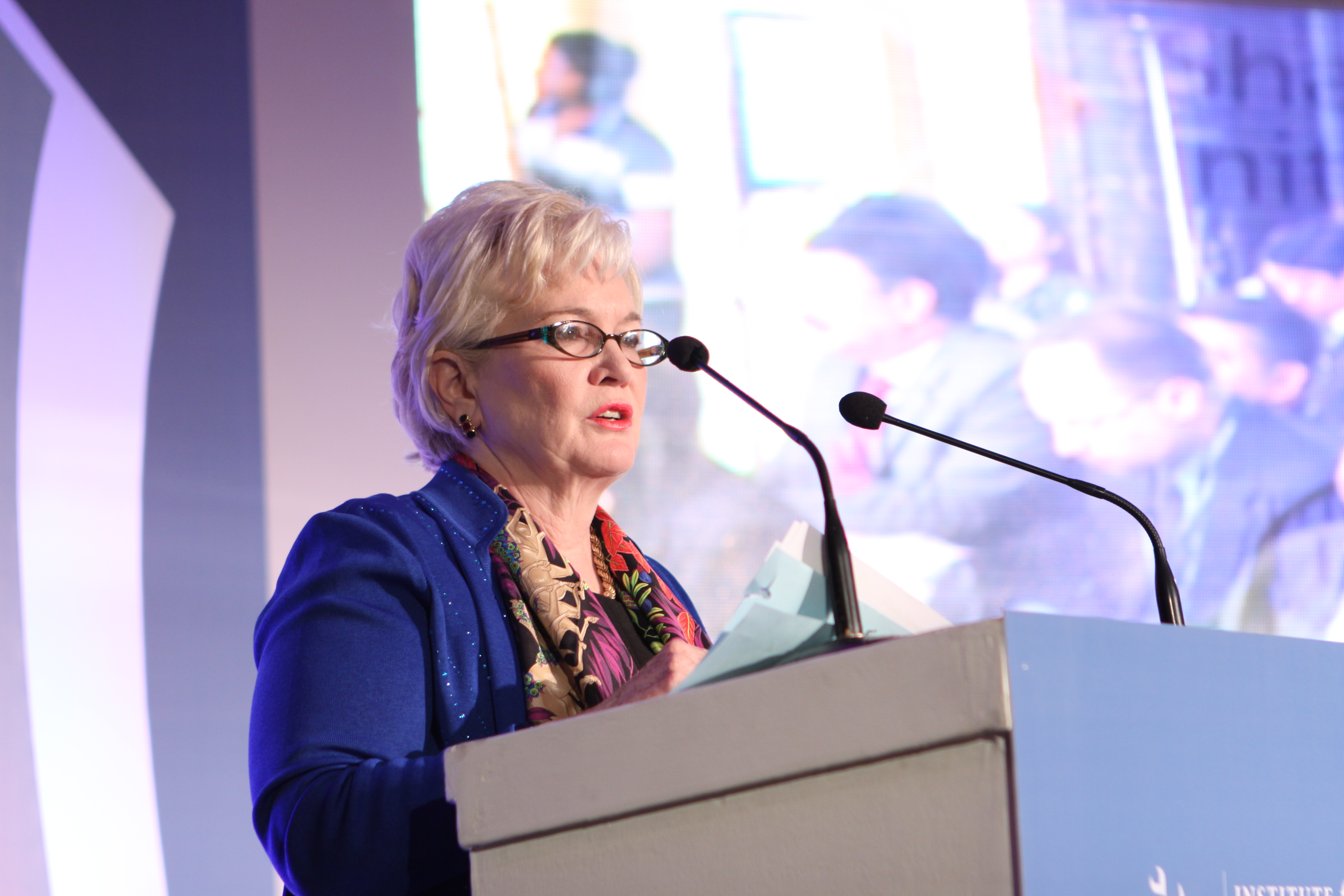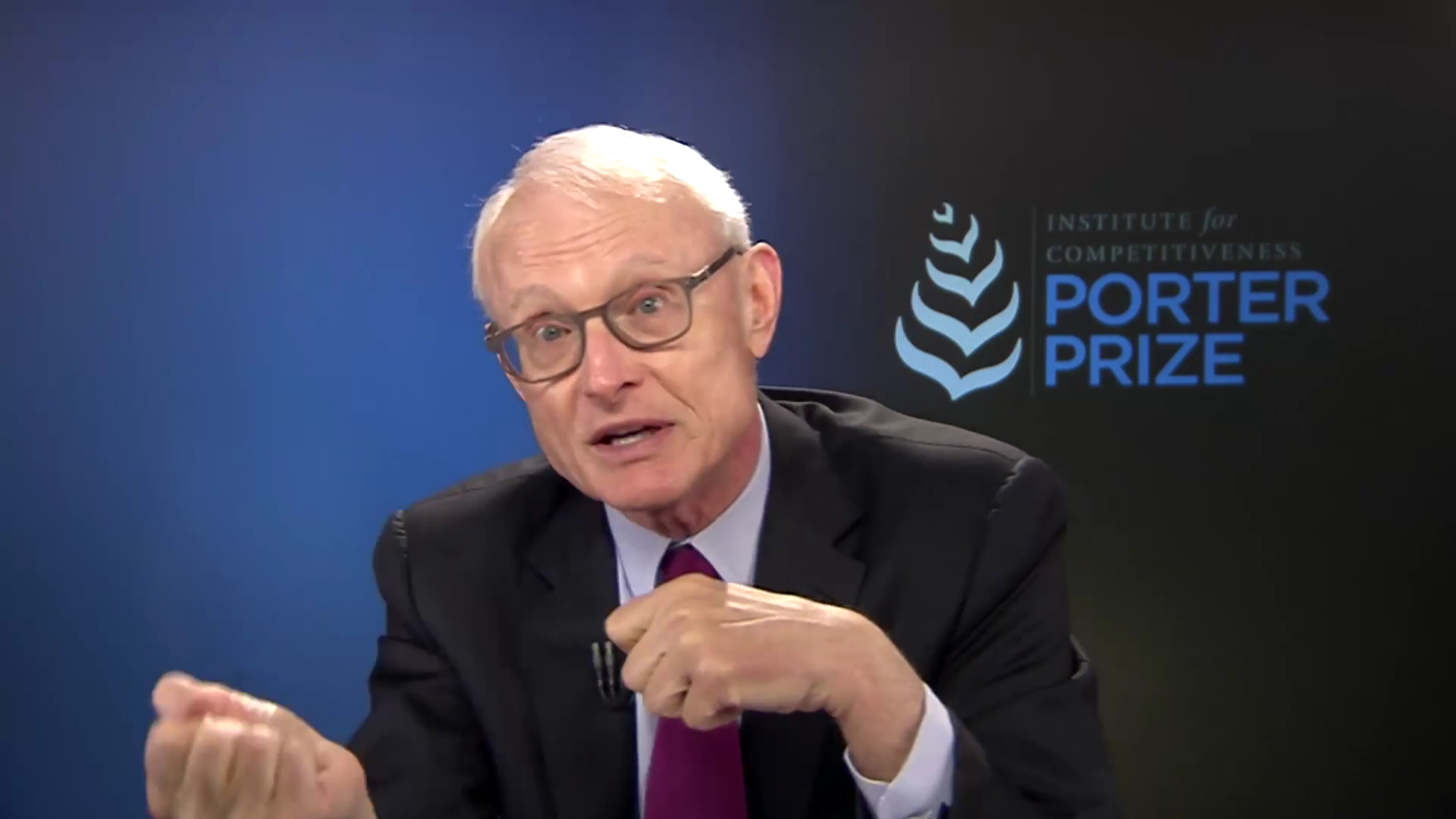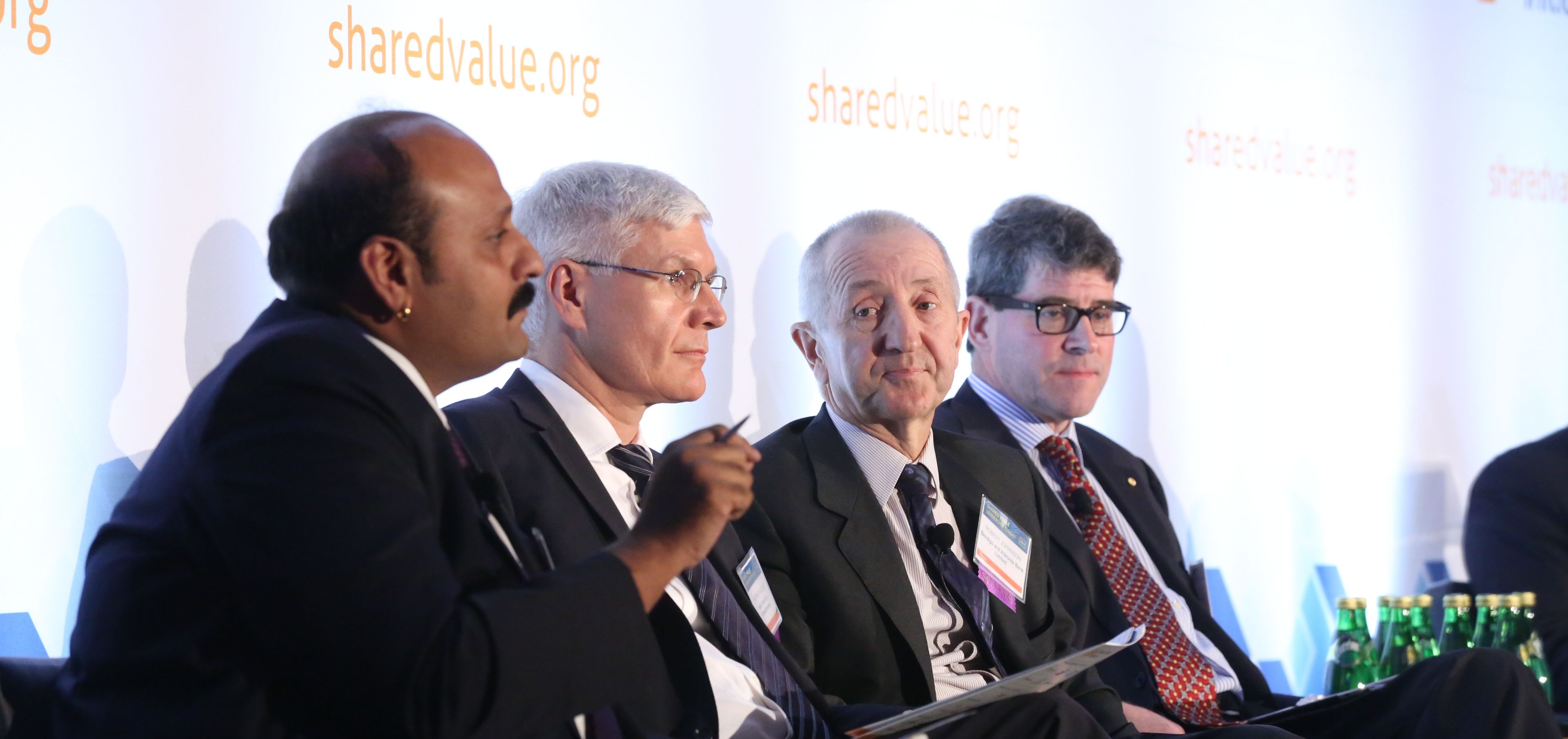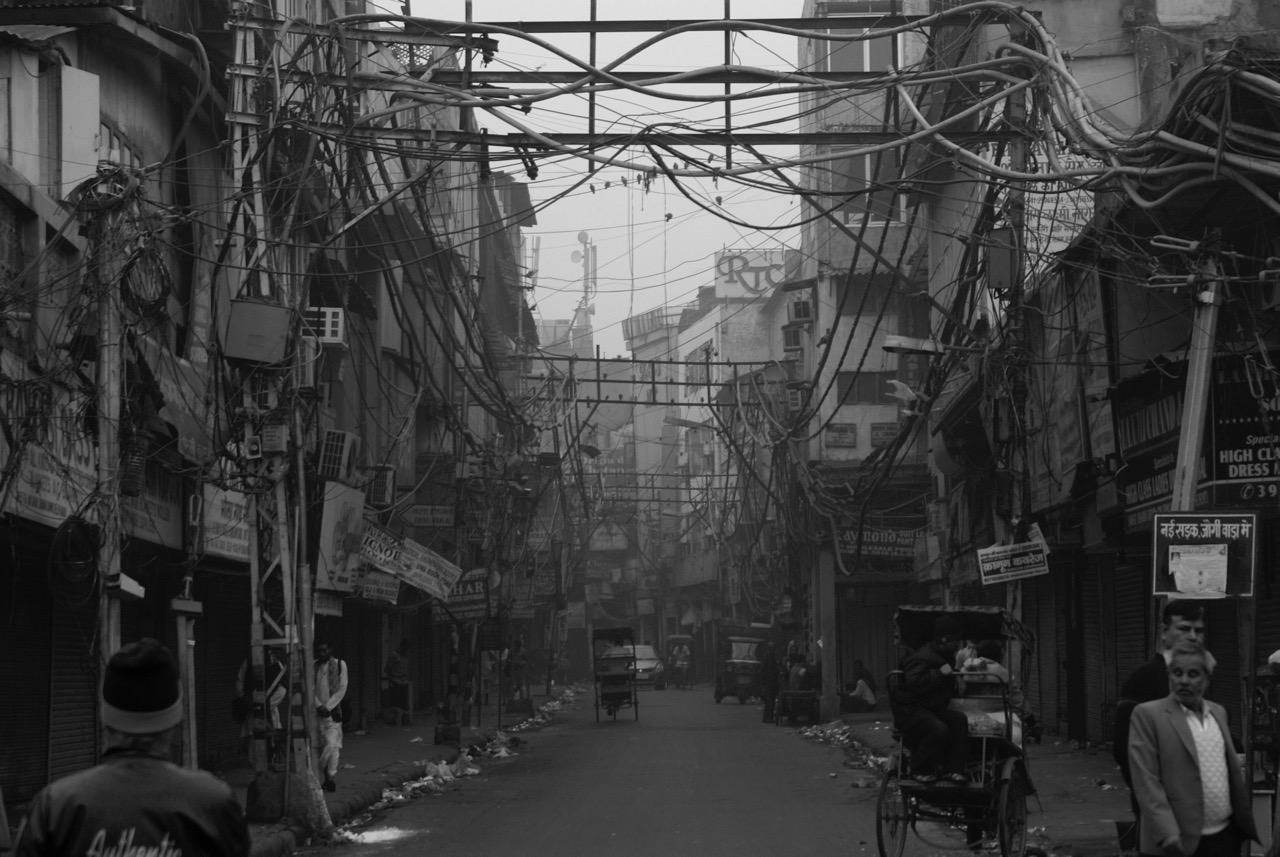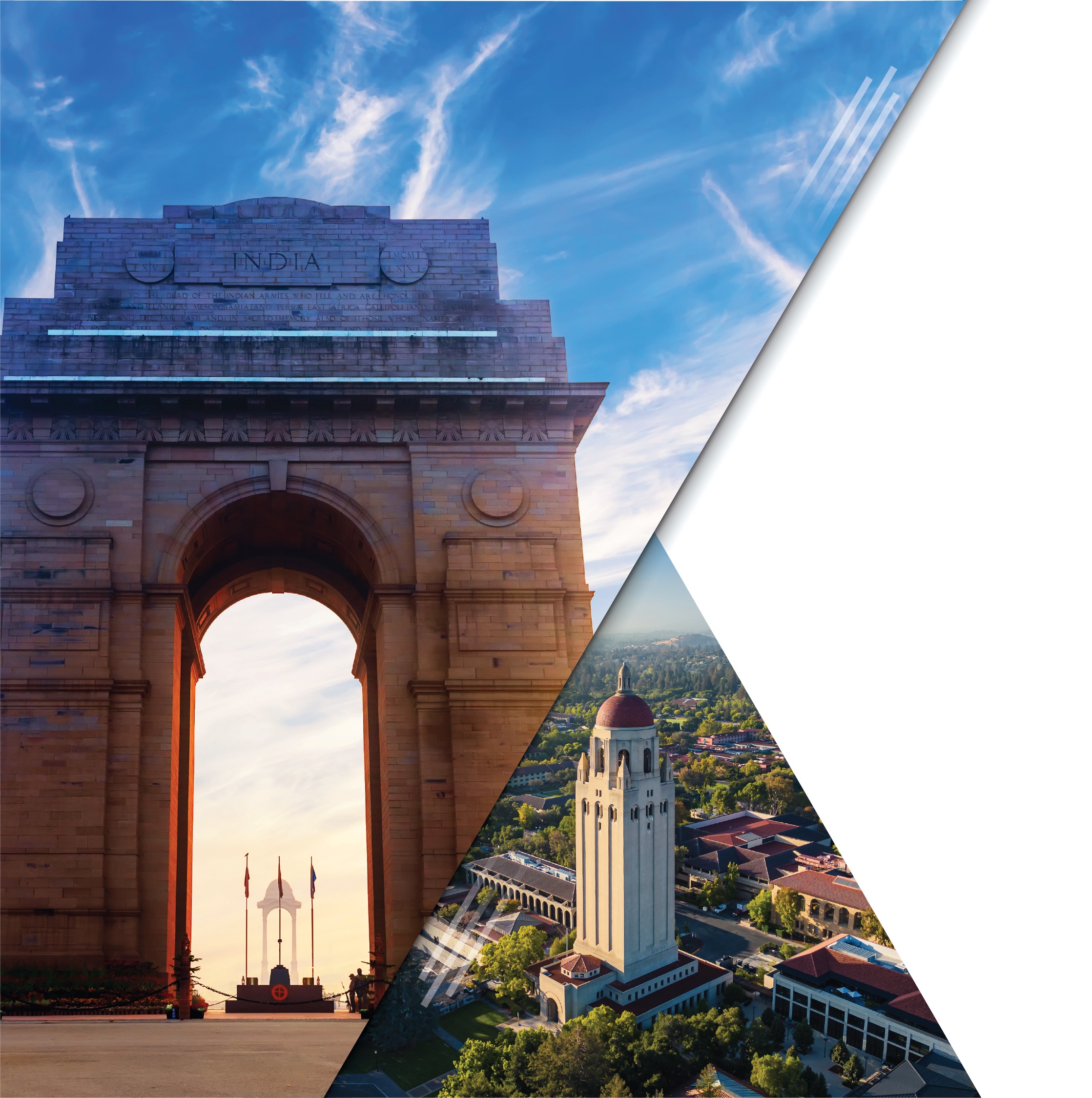Date: April 29, 2025
Place: Delhi
Time: 11:00 AM
Highlights:
- The study ‘Income Inequality and Labour Markets in India’, prepared by the Institute for Competitiveness, was released on April 29, 2025. It is an update on ‘The State of Inequality in India Study’, which was released by Dr Bibek Debroy (EAC-PM) in 2022.
- Median yearly incomes of workforce grew from ₹102,000 in 2017–18 to ₹144,000 to 2023–24.
- According to the PLFS data for 2023-24, the top 1% earned at least ₹75,000 per month, while the top 10% had a minimum monthly income of ₹32,000. In contrast, the bottom 50% earned a minimum of ₹12,000, and the bottom 10% earned a minimum of ₹3,900 per month.
- From 2017 to 2024, the top 1% income threshold grew at a CAGR of 6.99%, rising from ₹50,000 in 2017-18, while the top 10% threshold increased at a slower rate of 4.20%, from ₹25,000 in 2017-18. On the other hand, the bottom 50% income threshold grew at a moderate pace of 5.92% CAGR, rising from ₹8,500 in 2017-18, while the bottom 10% saw the smallest increase, growing at a 3.55% CAGR from ₹3,200 in 2017-18
- In 2023-24, the gender pay gap in India was smallest, i.e, 17.25% among the top 1% income earners, whereas it was widest over 69.23% among the bottom 10% earners. This is a pattern consistent over the past seven years. The gender gap has worsened across all income groups during this period.
- At the state level, Gini and Theil index analysis revealed that Mizoram, Andhra Pradesh, Jharkhand, Chhattisgarh, and Uttar Pradesh saw notable improvements in inequality reduction. At the same time, Nagaland, Assam, Arunachal Pradesh, Himachal Pradesh, and Meghalaya worsened.
- On the rural-urban axes, a persistent and widening gap exists across all thresholds; in 2023-24, the top 10% urban income threshold was more than double that of rural areas, and the bottom 10% income threshold in rural areas remained the same between 2017-18 and 2023–24.
The study explores labour market income dynamics between 2017 and 2024, using PLFS data, and other supporting macroeconomic indicators based on gender, type of employment, and spatial and regional income distribution. It further examines Indian labour market inequality at state level, as measured by the Gini and Theil indices.
The study reveals that median incomes increased from ₹102,000 in 2017–18 to ₹144,000 in 2023–24, growing at a CAGR of 5.92%. Income thresholds benchmarked against the bottom 50% show shifting disparities over time. In 2017-18, the top 1% income threshold was 5.89 times more than the bottom 50% income threshold; by 2023-24, this had risen to 6.25 times, reflecting rising concentration at the top. The gap between the bottom 50% income threshold and the top 10% income threshold narrowed slightly, with the ratio falling from 2.94 to 2.67. Meanwhile, the bottom 10% income threshold fell further behind, dropping from 0.37 to 0.33 times that of the bottom 50% income threshold. Together, this indicates growing income disparity in the labour market. Additionally, the analysis of income thresholds revealed that the gender pay gap has worsened over the period under study, with income growth among females lagging behind males across all income levels, despite smaller gaps in higher income groups.
From 2020–21 to 2023–24, India’s GDP per capita rose from $1,907 to $2,481, yet income inequality remained stable, with the Gini index around 0.42 and the Theil index near 0.33. State-level analysis showed the highest inequality in Himachal Pradesh, Meghalaya, Chhattisgarh, Maharashtra, Odisha, and Jharkhand, and the lowest in Mizoram, Bihar, Manipur, and Goa. States such as Mizoram, Bihar, Goa, and Manipur performed well on the Theil and Gini indices, while Maharashtra, Chhattisgarh, Meghalaya, and Himachal Pradesh fared relatively lower.
Additionally, between 2017–18 and 2023–24, the self-employment category grew while the salaried and casual labour category shares fell in the total workforce distribution. Casual labour saw the highest income growth but remained the lowest earners; salaried workers had the highest inequality. The bottom two deciles in the self-employed category saw income declines, contributing to widening income disparities.
This nuanced analysis embedded in the study provides a comprehensive understanding of the structural factors contributing to income disparities at the national and state levels and calls for addressing these disparities, which undermine inclusive development. The findings of the study underscore the need for inclusive growth strategies to address these disparities, emphasizing the need for inclusive growth strategies anchored in institutional accountability and regional equity models. This study also calls for further research and policy interventions to reduce labour income disparities and promote greater economic equity.
The study has been authored by Amit Kapoor, Chair, Institute for Competitiveness and Mukul Anand, Researcher, Institute for Competitiveness.
The complete report can be downloaded from the link https://www.competitiveness.in/report-on-income-inequality-and-labour-markets-in-india/
About Institute for Competitiveness
Institute for Competitiveness, India is an international initiative centered in India, dedicated to enlarging and purposeful disseminating of the body of research and knowledge on competition and strategy, as pioneered over the last 35 years by Professor Michael Porter of the Institute for Strategy and Competitiveness at Harvard Business School. Institute for Competitiveness, India conducts & supports indigenous research; offers academic & executive courses; provides advisory services to the Corporate & the Governments and organises events. The institute studies competition and its implications for company strategy; the competitiveness of nations, regions & cities and thus generate guidelines for businesses and those in governance; and suggests & provides solutions for socio-economic problems.
The press release was done on Business Wire on April 29, 2025.
